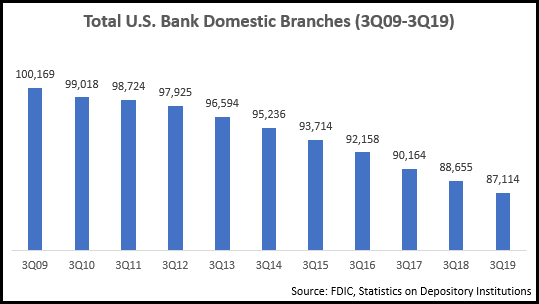Almost six months into our new reality of social distancing and virtual everything, we are now seeing articles, including a recent one from Wealth Management , wondering whether in-person conferences are dead. This speculation is fueled by questions about when it will be safe to mingle inside with hundreds of other people and by a growing recognition that virtual conferences – when executed creatively and thoughtfully – not only can have advantages over in-person but that there are ways to mitigate the disadvantages. The key, as we discussed in a previous post, is to think about virtual not as a “better-than-nothing” substitute, but as a viable alternative.
In this vein, we have developed a list of the key components for developing a strong virtual conference strategy that can help sponsors and speakers to maximize their value:
- Get intimate. To a great extent, conference experiences are defined by physical limitations of space: 50 breakout sessions with 5 people in each or 100 one-on-one private discussion sessions would be very difficult to manage. But, within reason, you can in a virtual environment. Speakers can break an hour-long session into three 20-minute sessions each serving a smaller, more homogenous audience. Speakers and sponsors can also set up and promote virtual office hours for private discussions.
- Short and sweet. Combat the disengagement effects of distractions and lack of physical proximity by making the presenting part of sessions shorter and the Q&A longer. Leverage the polling and “hand raise” features of most virtual meeting platforms to solicit and field comments and feedback to better engage the audience. (Pro tip: If you’re a speaker, make sure you have some “friendly” attendees who will get the interaction started with questions in case other attendees are hesitant.)
- No limits. In a virtual world, time and space are no longer a barrier to engagement. Sponsors should powerfully leverage more senior management, who only need to make themselves available for short periods rather than committing to days of travel and attendance. Speakers are also likely to obtain greater participation from a broader range of partners and panelists who don’t have to weigh the benefits against the days out of the office.
- The Journey not just The Destination. With live conferences, there’s a tendency to under-leverage the pre- and post-conference opportunity because you know that the time spent together in (fill in hotel in Florida here) will be what makes the event worthwhile. Sponsors can work to make up for the loss of that capstone opportunity by making better use of the pre- through post-conference communications to engage and spur conversation. Pre-conference, ask attendees what they want to get out of the conference and develop a connection to a sales resource. During the conference, use social media to initiate conversations. Post-conference, ask what they found valuable and send out related content.
- Value-added on-demand. One of the best things about virtual conferences is that everything can be recorded and shared afterwards. Sponsors can use that as an opportunity not only to broaden the reach of their content, but also to further engage with their customers. Consider offering commentary and curated lists of sessions/topics that would be of interest, both to customers who registered/attended and even those that did not.
The bottom line is that many 2021 conferences have already announced as virtual. For B2B companies, the investment in these events is too great to just cross our fingers and hope that things return to normal soon. Necessity is the mother of invention: It’s time to develop approaches that make the most of our “new normal”.


